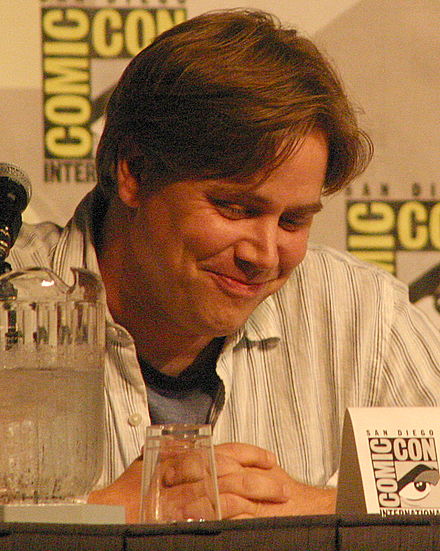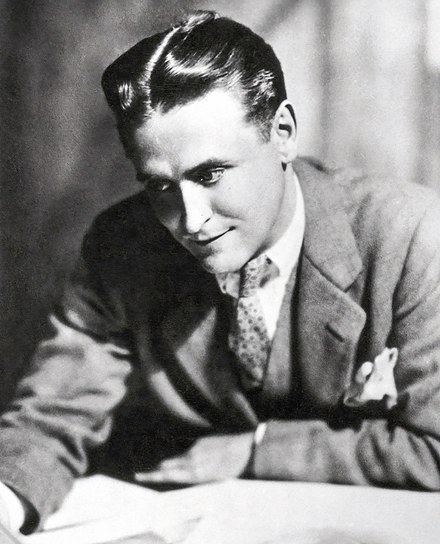Who has written The Hunger Games?
Suzanne Marie Collins was born on August 10, 1962, in Connecticut. Collins began her career in 1991 as a writer for children's television shows. She worked on several shows for Nickelodeon. 
Which literary work is about the Great Depression?
Of Mice and Men
It narrates the experiences of George Milton and Lennie Small, two migrant ranch workers, who move from place to place in California in search of new job opportunities during the Great Depression in the United States.
"Quote the Raven, "Nevermore"
The Raven
The main character
Protagonist
"Your eyes are like the stars"
This is an example of what literary device?
Simile (comparison)
is a figure of speech that directly compares two things
Who has written The Raven?
Edgar Allan Poe
was an American writer, poet, author, editor, and literary critic who is best known for his poetry and short stories, particularly his tales of mystery. He is widely regarded as a central figure of Romanticism and Gothic fiction in the United States, and of American literature.
Poe was born January 19, 1809, in Boston. In 1827, having enlisted in the United States Army under an assumed name, he published his first collection, Tamerlane and Other Poems. 
Which literary work is about the inequality between rich and poor, suffering as entertainment, masking and deception?
The Hunger Games
It is written in the perspective of 16-year-old Katniss Everdeen, who lives in the future, post-apocalyptic nation of Panem in North America. The Hunger Games is an annual event in which one boy and one girl aged 12–18 from each of the twelve districts surrounding the Capitol are selected by lottery to compete in a televised battle royale to the death.
"As long as you can find yourself, you'll never starve"
The Hunger Games
An extended work of narrative fiction usually written in prose and published as a book
Novel
The Raven in Edgar Allan Poe's poem represents the speaker's depression.
This is an example of what literary device?
Symbol
is an object, a person, a situation, or an action that has a literal meaning in a story but suggests or represents other meanings
Who has written Of Mice and Men?
John Steinbeck
was an American writer. He won the 1962 Nobel Prize in Literature "for his realistic and imaginative writings, combining as they do sympathetic humor and keen social perception". He has been called "a giant of American letters."
Steinbeck was born on February 27, 1902, in Salinas, California. He studied English literature at Stanford University but left earlier without a degree. 
Which literary work is about mental health, trauma, friendship, and love?
The Perks of Being a Wallflower
Set in the early 1990s, the novel follows Charlie, an introverted and observant teenager, through his freshman year of high school in a Pittsburgh suburb.
"Guys like us, that work on ranches, are the loneliest guys in the world. They got no family. They don't belong no place. They ain't got nothing to look ahead"
Of Mice and Men
A genre; a very unfair society in which there is a lot of suffering, especially an imaginary society in the future, after something terrible has happened
Dystopia
"I'm so hungry, I could eat a horse"
This is an example of what literary device?
Hyberbole
is the use of exaggeration as a rhetorical device or figure of speech
Who has written The Perks of Being a Wallflower?
Stephen Chbosky
is an American film director, screenwriter, and author. He is best-known for writing the bestselling coming-of-age novel The Perks of Being a Wallflower(1999), as well as for writing and directing the 2012 film adaptation of the book. Recently, he directed the 2017 drama Wonder.
Chbosky was born January 25, 1970, in Pittsburgh, Pennsylvania. In 1992, Chbosky graduated from the University of Southern California's (USC) Filmic Writing, screenwriting program. 
Which literary work is about loss and grief, madness and sanity?
The Raven
t tells of a distraught lover who is paid a mysterious visit by a talking raven. The lover is mourning the loss of his love, Lenore. Sitting on a bust of Pallas, the raven seems to further antagonize the protagonist with its constant repetition of the word "Nevermore".
"We accept the love we think we deserve"
The Perks of Being a Wallflower
Summary of elements of when and where the story takes place
Setting of the story
"A tree whose hungry mouth is pressed against the earth's sweet flowing breast"
This is an example of what literary device?
Personification
is the attribution of a personal nature or human characteristics to something non-human
Who has written The Great Gatsby?
Francis Scott Fitzgerald
was an American novelist, essayist, and short story writer. He is best known for his novels depicting the flamboyance and excess of the Jazz Age.
Born September 24, 1896 into a middle-class family in Saint Paul, Minnesota, Fitzgerald was raised primarily in New York state. He attended Princeton University. 
Which literary work is about coming of age?
The Perks of Being a Wallflower?
The novel details Charlie's unconventional style of thinking as he navigates between the worlds of adolescence and adulthood, and attempts to deal with poignant questions spurred by his interactions with both his friends and family.
"Why don't you just be yourself? ...No one can help but admire your spirit"
The Hunger Games
A literary device used in poetry, novels, and other writing that uses description that appeals to a readers’ senses to create an image or idea in their head.
Imagery
Sylvia Path describes her pregnancy by writing, "I have eaten a bag of green apples"
This is an example of what literary device?
Metaphor
is a figure of speech that describes an object or action in a way that isn't literally true, but helps explain an idea or make a comparison